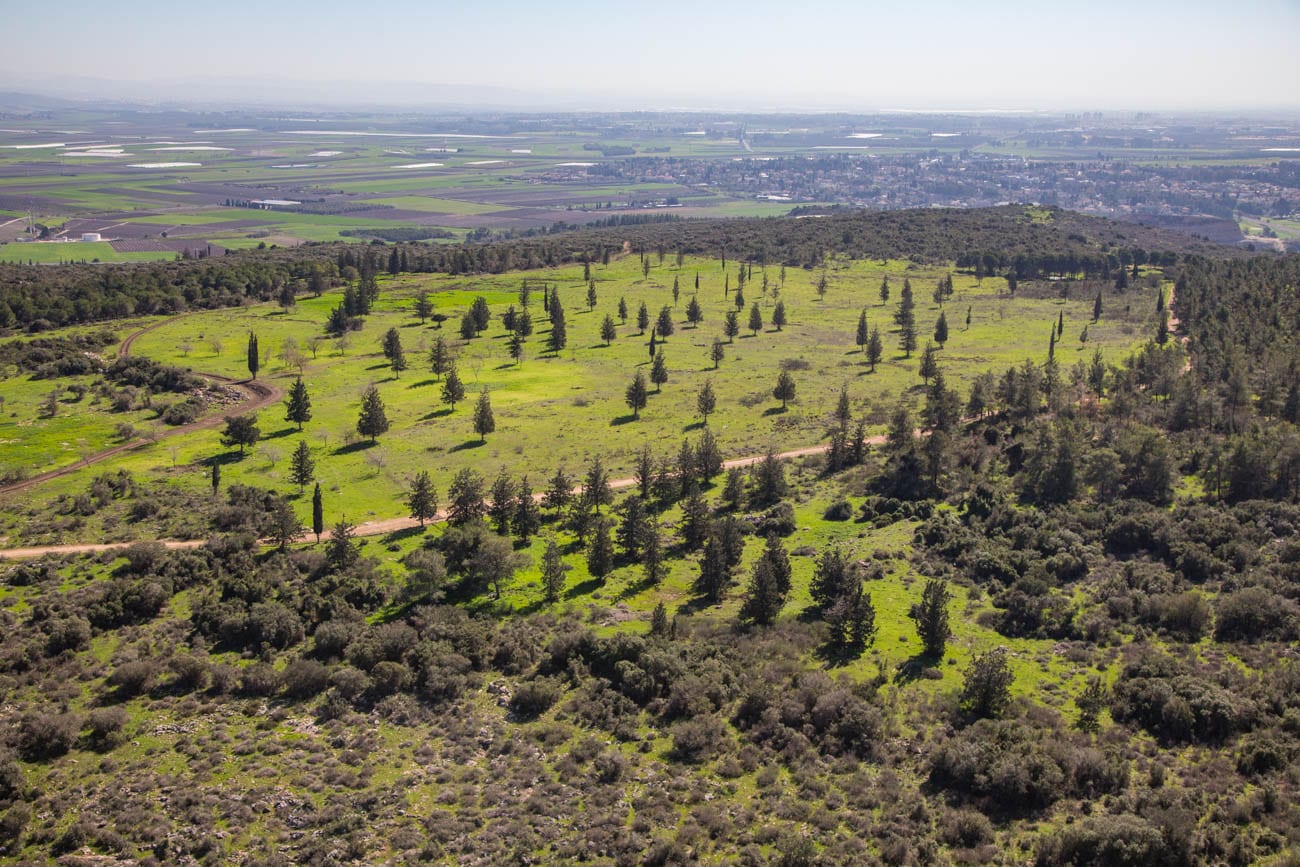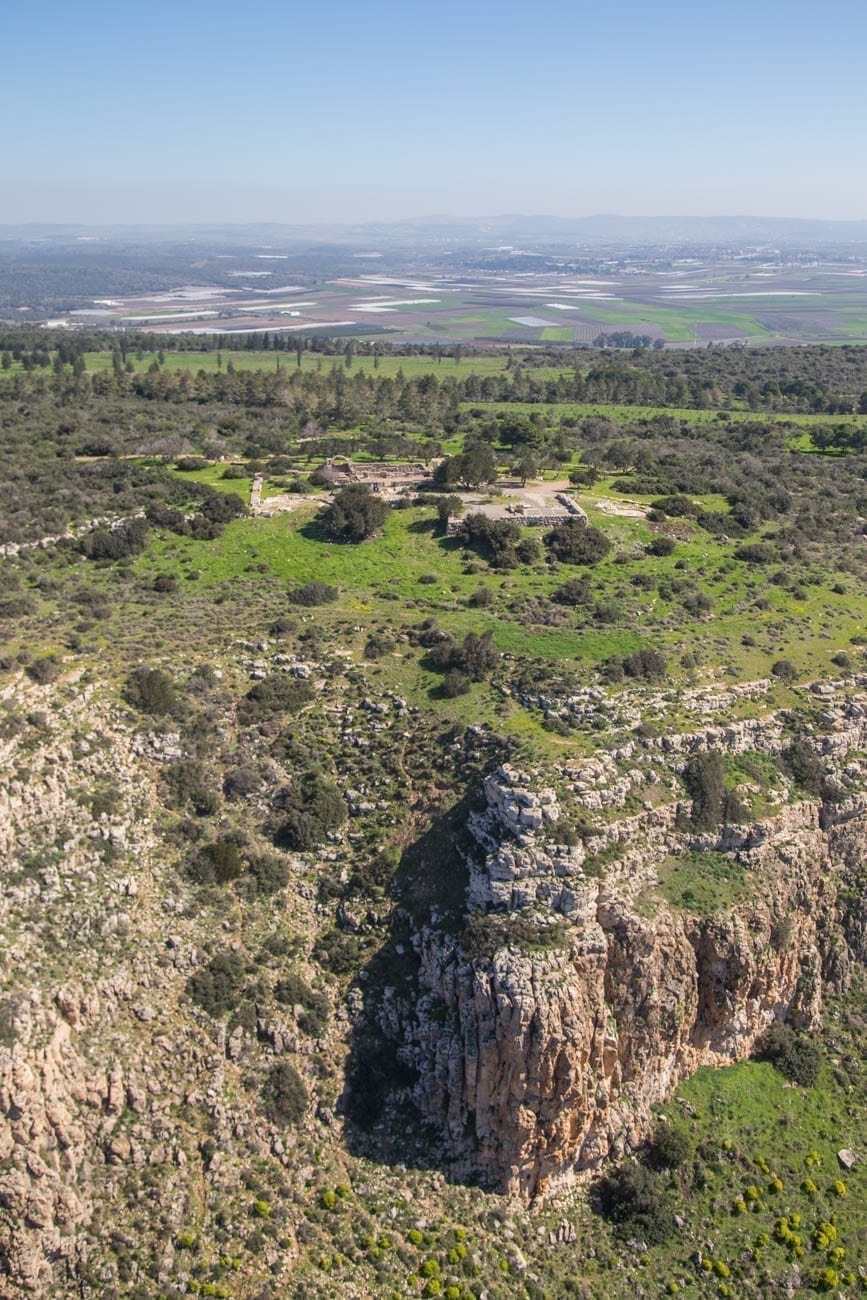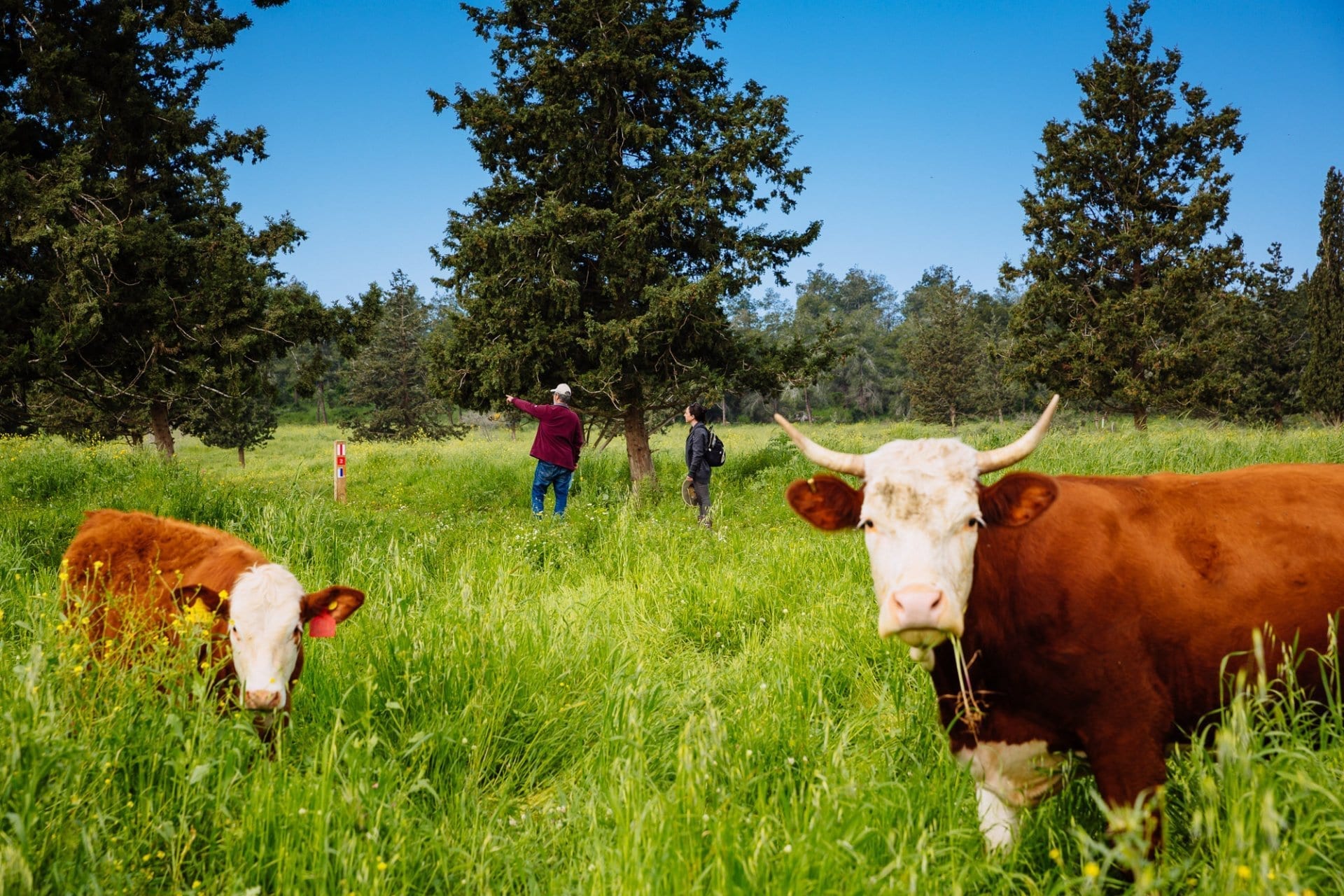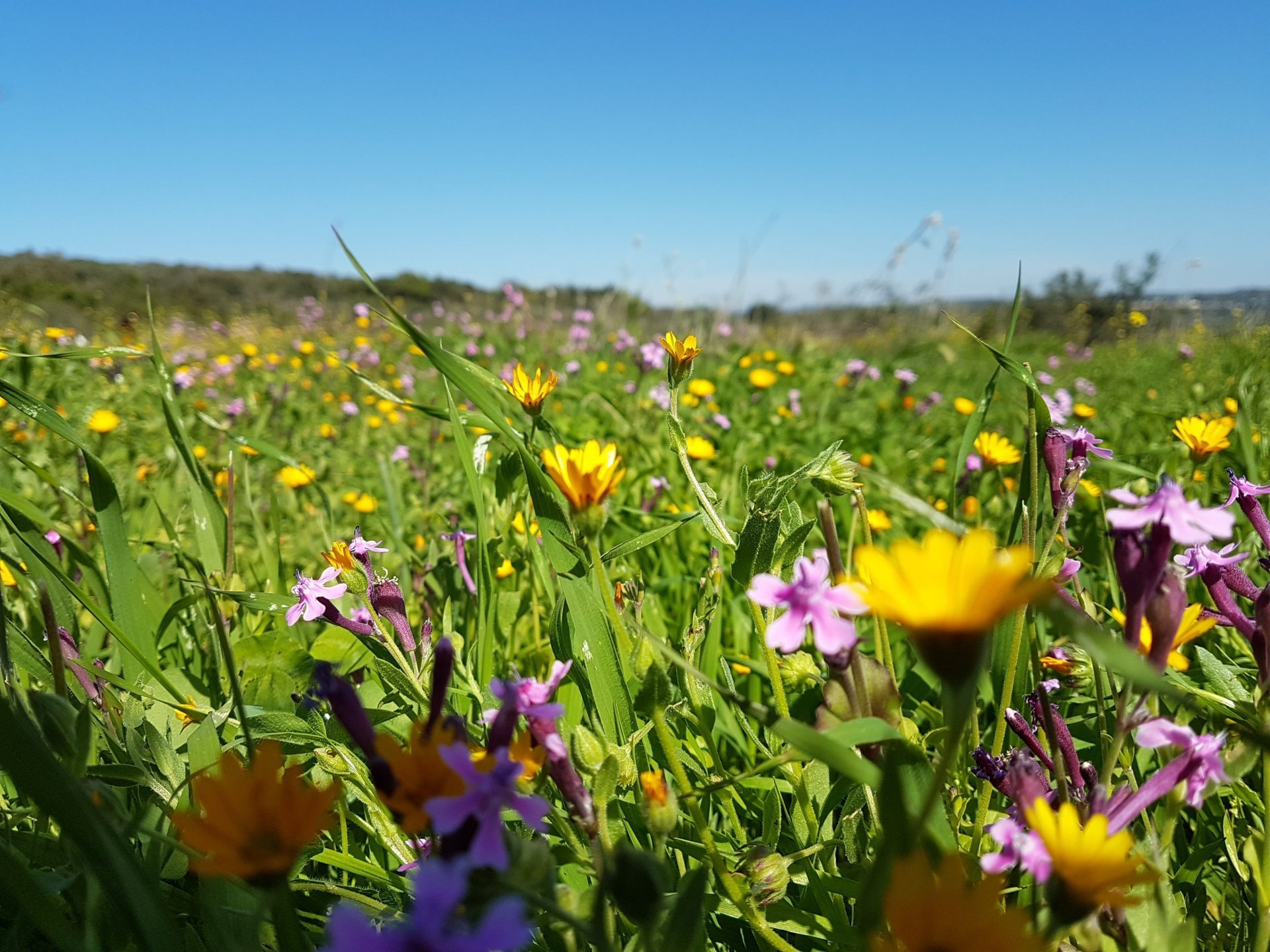For many years, the landowners debated over the location’s designation. There were plans to establish a botanic garden for world and biblical plants and the national centre for physical education. In the 1970s Keren Kayemet LeIsrael – Jewish National Fund received the mandate to manage the land, and during this period it planted groves of pine, cypress and other species throughout the park. In the mid-1980s the Society for Protection of Nature in Israel teamed up with Yad Hanadiv with the aim of turning the area into a park to be used by the public for different purposes.
The first action, strange as it may seem, was to discover the site’s hidden treasures. Field and landscape surveys and archaeological surveys indicated that there was more to it than met the eye. Also, the understanding of the local ecosystem was very limited, preventing intelligent development (that which prevents unintentional harm to local nature) of the site. In this light, it was decided to act simultaneously through several modes of action. One mode of action was research, putting understanding before action, from the notion that we must understand the natural conditions of the park before we try to change, shape or develop it. Despite our intensive research action we feel that there is still room for continued accumulation of knowledge. In this booklet you’ll find a concise survey of the research actions. Likewise, you’ll be able to enjoy the fruits of the different studies, as summarised in the different booklets available for the public.
The second mode of action was archaeological excavations and exposure of ancient sites of settlement in the park. Thus Horvat Aqav has been excavated, including restoration of its farmhouse
containing a range of agricultural facilities; Horvat Aleq is still being excavated; and Ein Zur (Ein Um el Aleq) and its accompanying water system (tunnel, aqueduct, Roman pool and bathhouse) has been excavated and restored for our enjoyment. Similarly, an ancient cemetery (tumulus field) was identified to the south of the park and cleaned (see the chapter on archaeology).
The third mode of action was to prepare the park for visitors. A network of walking trails leading to the main sites in the park was set up. Most of the trails are circular – they begin and end in the Memorial Garden. The trails have different levels of difficulty and are well marked, and each trail has its own information booklet.






